Discovering the Treasures of Zeugma
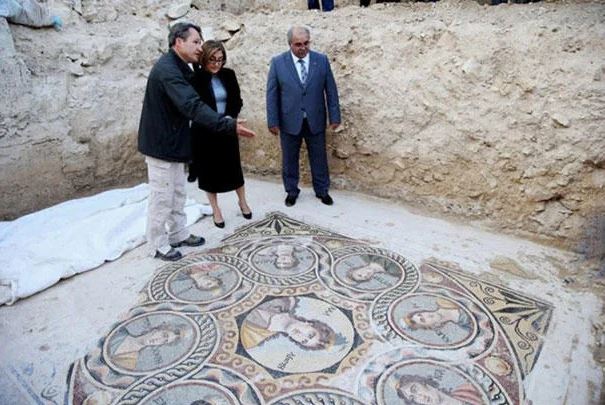
In a remarkable archaeological discovery, a team led by Kutalmış Görkay has unearthed three exceptionally well-preserved glass mosaics dating back to the 2nd century BC in the ancient city of Zeugma, located near the Syrian border in Turkey. These stunning artistic creations offer a glimpse into the wealth and cultural sophistication of the Greco-Roman world during its heyday.
The mosaics, adorned with captivating figures from ancient Greek mythology, are a testament to the technical mastery and creative vision of the artisans who crafted them centuries ago. As Görkay noted, these were not simply mass-produced works selected from a catalog, but rather personalized expressions of the patron’s imagination.
The Enduring Legacy of Seleucia and Zeugma
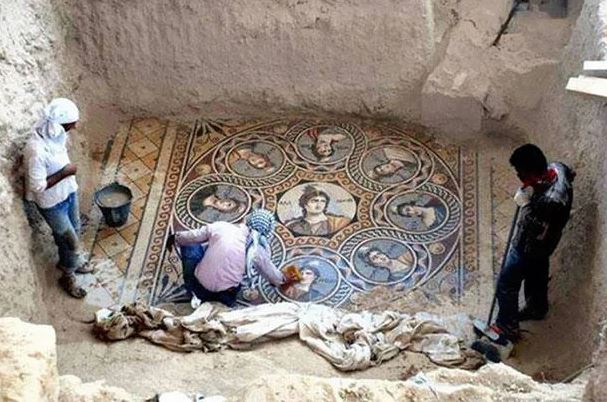
The city where these remarkable mosaics were discovered has a rich and storied history. Originally known as Seleucia, it was founded by the Greeks in the 3rd century BC, during a period of immense cultural and artistic flourishing. The city’s strategic location along the Euphrates River made it an important commercial hub, facilitating trade and cultural exchange between the Greco-Roman world and the civilizations of the East.
In 64 BC, the Romans conquered Seleucia and renamed the city Zeugma, a name derived from the Greek word for “bridge” or “crossing.” Under Roman rule, Zeugma continued to thrive as a prosperous center of commerce and culture, attracting artisans and intellectuals from across the Mediterranean.
The city’s prosperity, however, was not to last. In 253 AD, the Persians seized control of Zeugma, marking the end of its Greco-Roman era. Over the centuries, the once-vibrant city fell into ruin, its magnificent structures and artworks gradually buried beneath the sands of time.
Preserving the Past for the Future

The rediscovery of these exquisite glass mosaics in Zeugma has ignited a sense of urgency among archaeologists and preservationists. Recognizing the immense historical and cultural value of these ancient treasures, the excavation team has acted swiftly to carefully uncover, protect, and preserve these remarkable relics from the past.
The mosaics themselves are a testament to the technical mastery and creative vision of their creators. Depicting figures from Greek mythology, such as Oceanus, the divine personification of the sea, and Tethys, the embodiment of the waters of the world, these mosaics are not merely decorative works of art, but windows into the rich mythological and cosmological beliefs of the ancient Greco-Roman world.
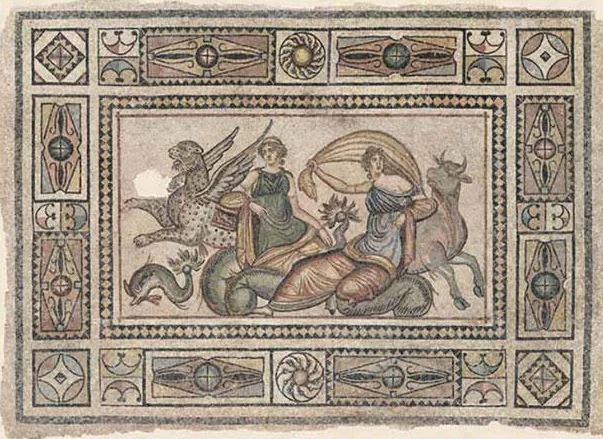
Also featured in the mosaics are representations of Thalia, the Muse of comedy and idyllic poetry, and Poseidon, the god of the sea, riding his war chariot. These mythological figures and scenes not only captivate the viewer with their stunning artistry, but also offer insights into the cultural and religious beliefs that shaped the lives of the people who once inhabited Zeugma.
Uncovering the Secrets of Zeugma
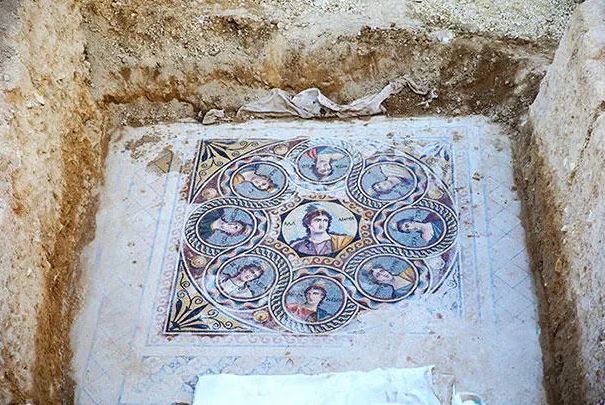
The discovery of these exceptional glass mosaics in Zeugma has not only shed light on the artistic and cultural achievements of the ancient Greco-Roman world, but it has also ignited a renewed interest in the history and significance of this once-thriving city.
As archaeologists continue to uncover and study the ruins of Zeugma, they are piecing together a complex and fascinating narrative that spans centuries of human history. From the city’s Greek origins to its Roman conquest and eventual decline under Persian rule, the story of Zeugma is a microcosm of the broader cultural and political currents that shaped the ancient Mediterranean world.

Through the careful excavation and preservation of these remarkable glass mosaics, as well as the ongoing exploration of Zeugma’s other archaeological treasures, scholars and the general public alike are gaining a deeper understanding of the rich cultural heritage that has been preserved within this ancient city’s ruins.
Conclusion
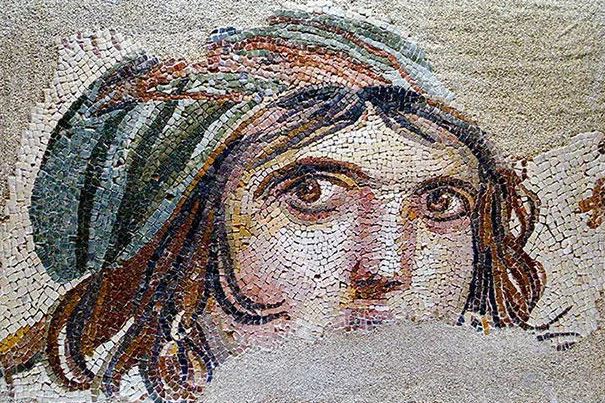
The discovery of the glass mosaics in Zeugma is a remarkable achievement that not only highlights the technical mastery and creative vision of ancient Greek and Roman artisans, but also serves as a powerful reminder of the enduring significance of our shared cultural heritage.
As we continue to uncover and study the secrets of Zeugma, we are reminded of the vital importance of preserving and protecting the tangible remnants of our past. These mosaics, and the countless other archaeological treasures that lie buried within the ruins of this ancient city, are not merely artifacts of a bygone era, but living testaments to the rich tapestry of human civilization.

By safeguarding these invaluable cultural resources and sharing their stories with the world, we not only honor the achievements of our ancestors, but we also inspire and educate future generations, ensuring that the legacy of Zeugma and other ancient sites continues to resonate for centuries to come.
